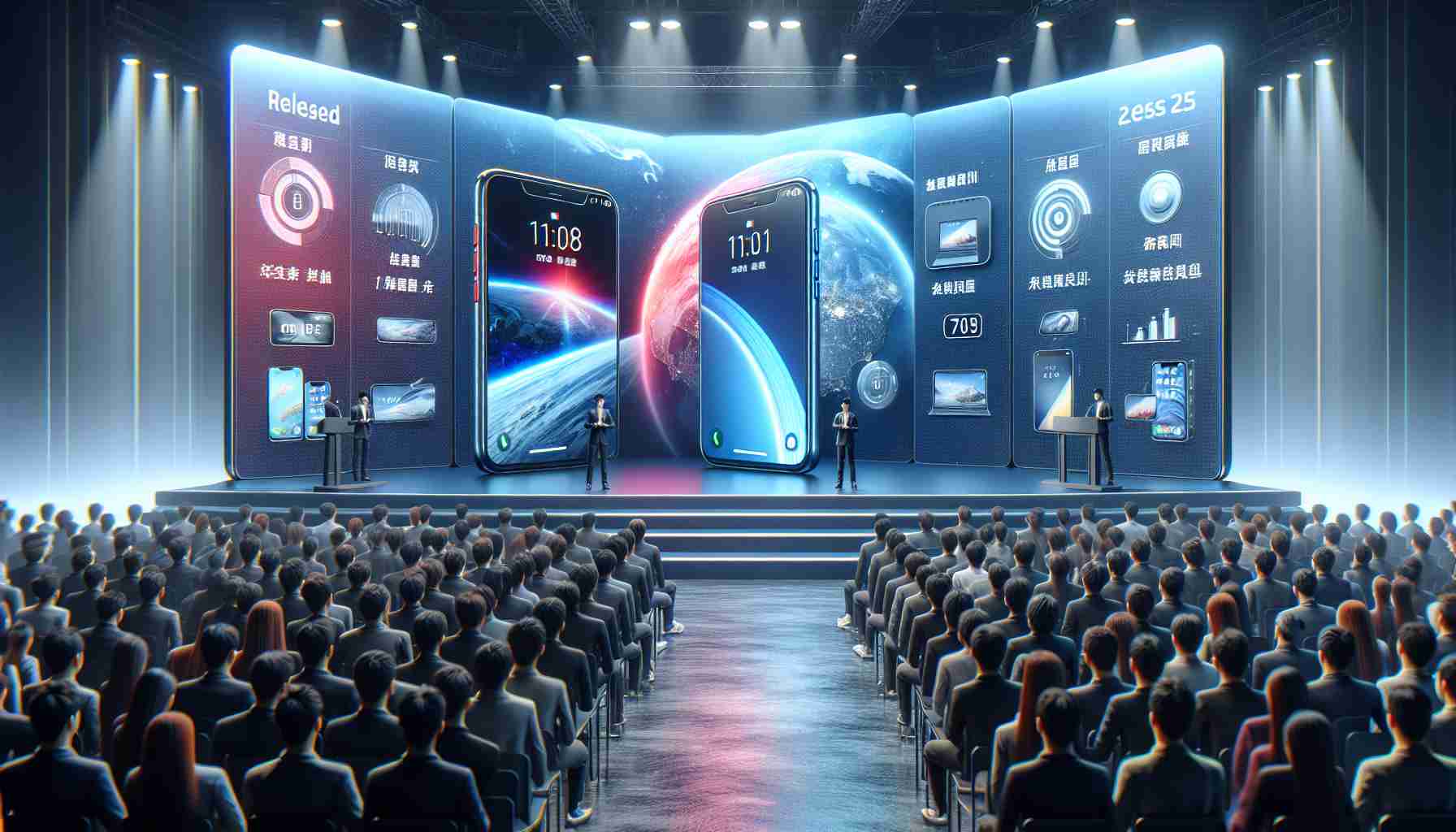Huawei Ascends with New Pura 70 Smartphone Series
Huawei has unveiled the Pura 70 series, stepping into the competitive ring to take on Apple’s prestigious iPhones. This bold move signifies Huawei’s resurgence on the smartphone stage amidst existing US sanctions. The once popular P series takes a step back as the new Pura 70, Pura 70 Pro, Pura 70 Pro Plus, and Pura 70 Ultra take center stage, tailored for a variety of consumers.
Launch Dates and Competitive Pricing
Already in hands of eager customers are the Pura 70 Ultra and Pura 70 Pro, while sales for the Pura 70 Pro+ and the base Pura 70 will commence on April 22. Huawei strategically priced these models between 5,499 yuan and 9,999 yuan, making luxury more accessible and directly contesting the iPhone’s market stronghold.
Market Excitement and Feature-Rich Devices
With minimal advertising, Huawei’s Pura 70 series has dominated the social media conversation in China, with the first batch selling out in a flash online and zealous buyers lining up at physical outlets. Not just a buzz, the Pura 70 lineup is laden with high-caliber specs, including the latest HarmonyOS 4.2 and a novel retractable camera with an adjustable aperture—a photographer’s delight.
Under the Hood: Huawei’s Answer to Chip Restrictions
The Pura 70’s engine remains formally under wraps, but leaks suggest the use of Huawei’s homegrown Kirin chips. It’s whispered that the advanced Kirin 9010 propels the higher-end models, rumored to be produced despite US chip-making curbs. This chip supposedly flaunts a 12-core construction, hinting at a leap in performance, yet the specifics of its manufacturing process remain a topic of speculation and intrigue.
Key Questions and Answers:
– What are the important dates for the Pura 70 series release?
The Pura 70 Ultra and Pura 70 Pro are already available to customers, while the Pura 70 Pro+ and the base Pura 70 will be released on April 22.
– How competitive is Huawei’s pricing for the Pura 70 series compared to Apple’s iPhones?
The Pura 70 series is priced between 5,499 yuan to 9,999 yuan, indicating that Huawei is targeting a competitive stance against Apple’s pricing, by offering luxury features at more accessible price points.
– What are the hardware specifications of the Pura 70 series?
While the article does not specify all the details, it does mention the latest HarmonyOS 4.2 and a retractable camera with adjustable aperture are key features. There are rumors that the higher-end models are powered by Huawei’s Kirin 9010 chip.
Key Challenges and Controversies:
– US Sanctions: Huawei faces ongoing challenges due to US sanctions, hindering their ability to source components and affecting their global sales and supply chain.
– Chip Manufacturing: The adoption of the rumored Kirin 9010 chip indicates Huawei’s efforts to be self-reliant in chip production, but manufacturing such advanced chips without access to US technology is difficult.
Advantages and Disadvantages:
– Advantages:
– Innovation: Features like the retractable camera with adjustable aperture show Huawei’s commitment to innovation.
– Operating System: The use of HarmonyOS may provide an alternative ecosystem to Google’s Android, which they cannot use fully due to the US ban.
– Price: The competitive pricing could attract consumers looking for high-end features without the premium cost of an iPhone.
– Disadvantages:
– Market Limitations: Due to sanctions, Huawei’s market reach is significantly reduced, especially in the US and other markets where Google Services are a must-have.
– Future of the Kirin Chips: Even if the Kirin 9010 chip is being used, the future of Huawei’s chipset development is uncertain due to the US restrictions on accessing semiconductor technology.
For more information and to stay updated on Huawei’s latest developments, visit their official website at Huawei. Please note that due to the rapidly changing nature of the tech industry and ongoing legal matters, it is advisable to visit Huawei’s website directly for the most current information.
The source of the article is from the blog enp.gr
